Best beginner telescopes 2025: Start your stargazing journey
Just getting started in astronomy? These beginner telescopes are ideal for finding your way around the skies as a newbie.
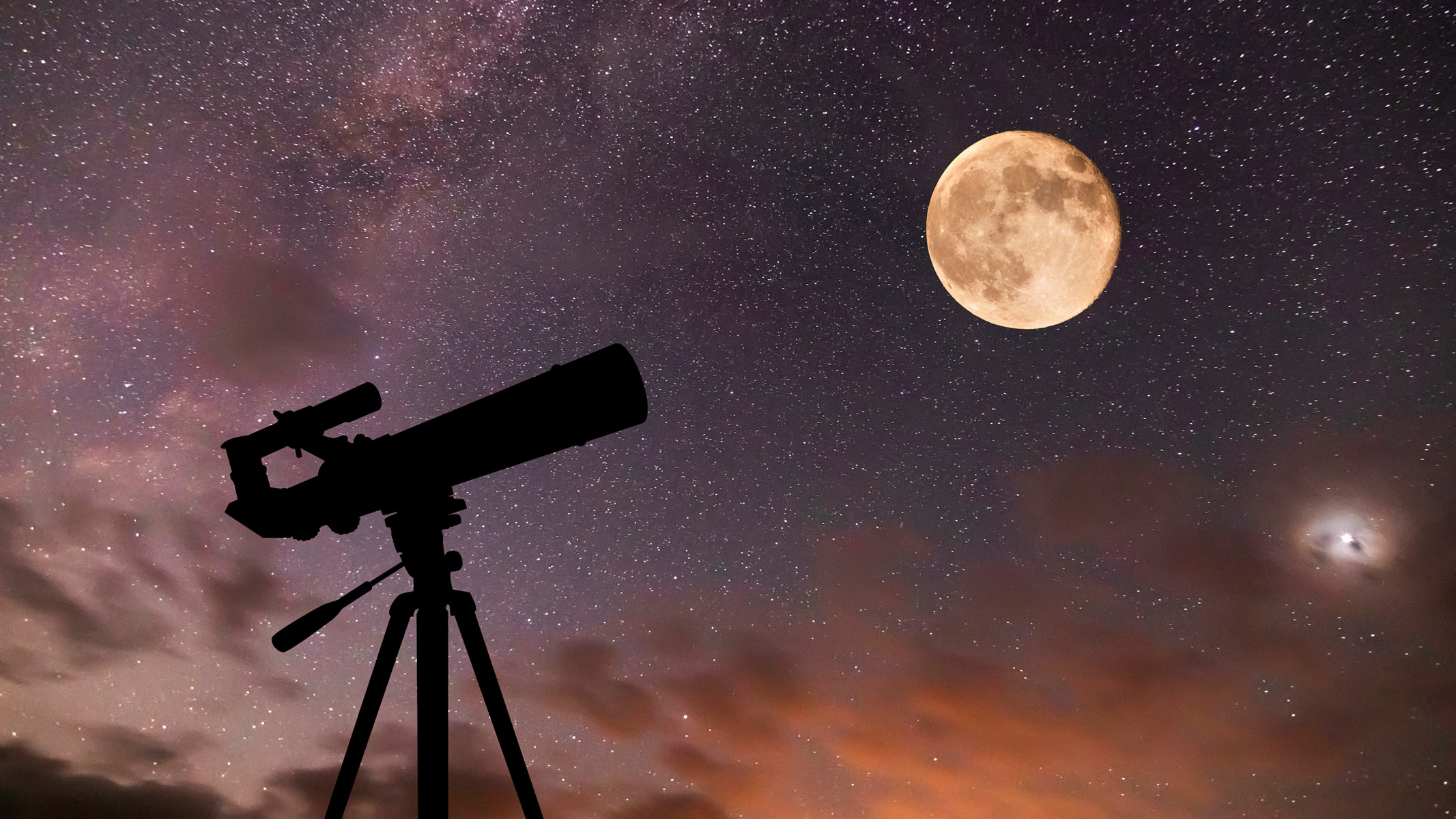
Exploring the night sky is one of the most rewarding hobbies you can start — and with the right beginner telescope, it's easier than ever. Whether you want to see the craters of the moon, the rings of Saturn or distant star clusters, these entry-level telescopes offer impressive views without overwhelming you with a complicated setup.
While these telescopes are ideal for beginners, the very best telescopes are typically larger, more expensive and have improved optics for seasoned astronomers. They're also typically more cumbersome to transport, which is where the best small telescopes may be a more attractive option.
The quick list
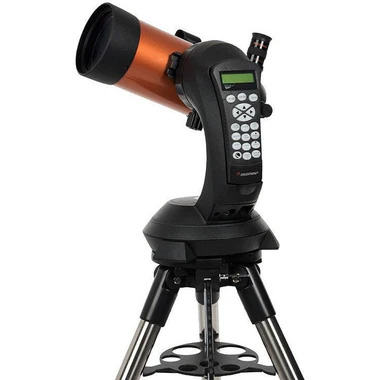
Best overall
Easy to use, delivers crisp views and automatically finds and tracks objects with minimal effort — perfect for beginners focused on planets and the moon.
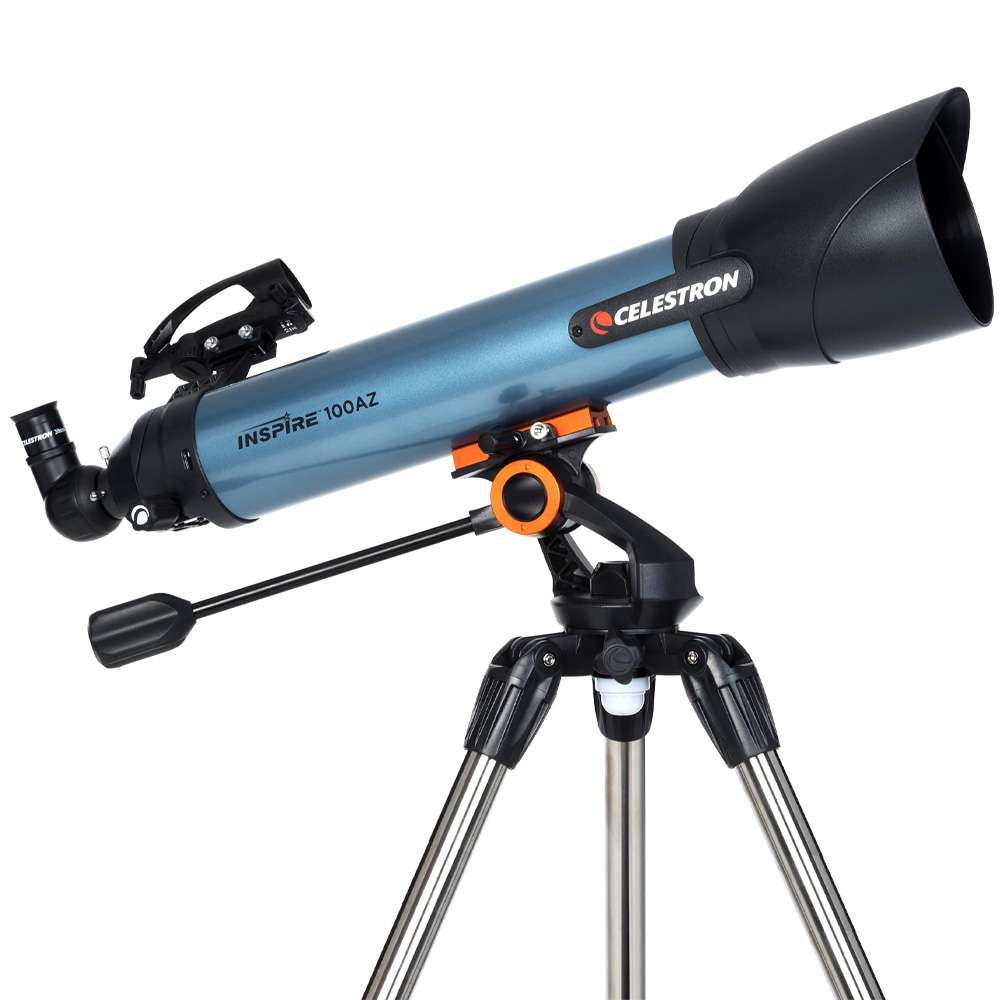
Best budget
Portable, affordable and easy to use, with impressive views for the money.

Best beginner-to-intermediate
It's bigger and has a steeper learning curve than many other beginner scopes, but your efforts will be rewarded.

Best affordable GoTo
If you find manual navigation intimidating, this motorized GoTo scope finds night-sky objects automatically and has decent optics for the price.
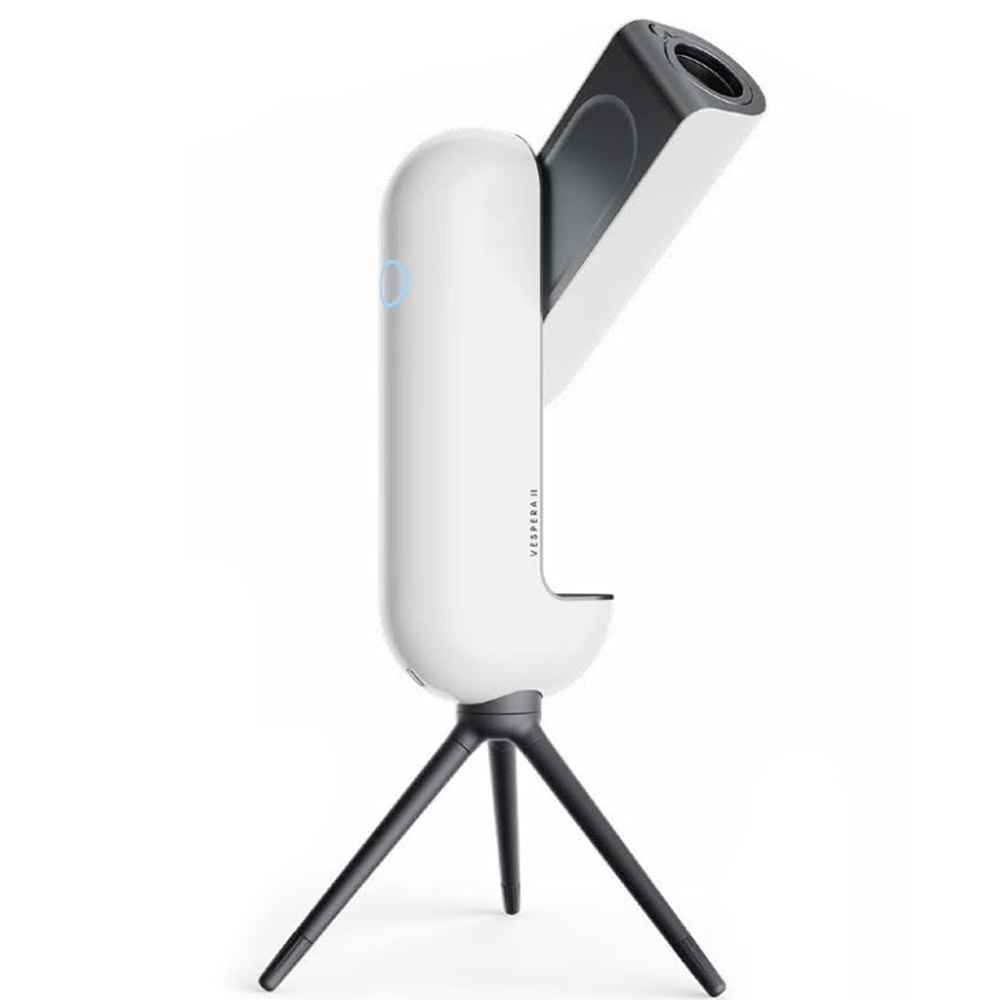
Best smart telescope
For beginners with a bigger budget who want a bit more tech, this smart telescope produces astonishing images of galaxies and nebulas.
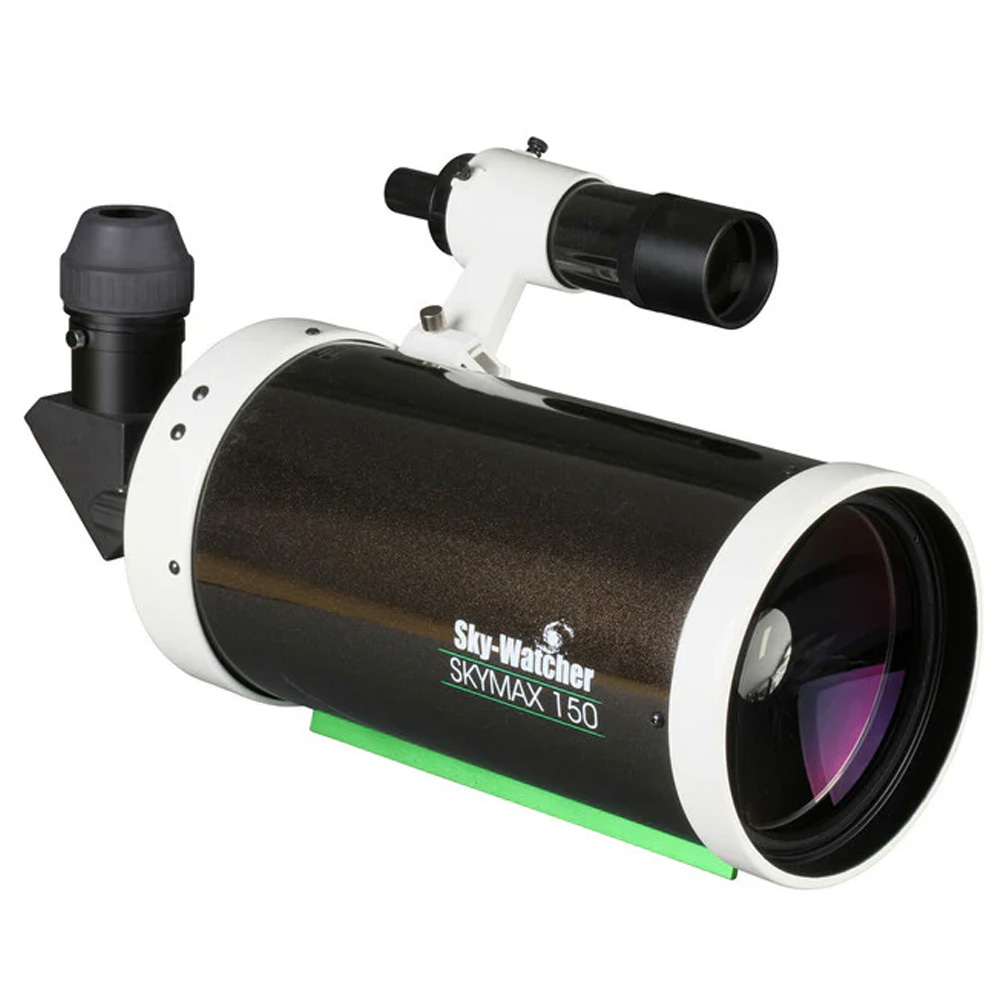
Best for deep space
Ideal for serious beginners who want to invest in a telescope that will last for years and can view a variety of celestial objects.
The best beginner telescopes we recommend in 2025
Why you can trust Live Science
Best overall
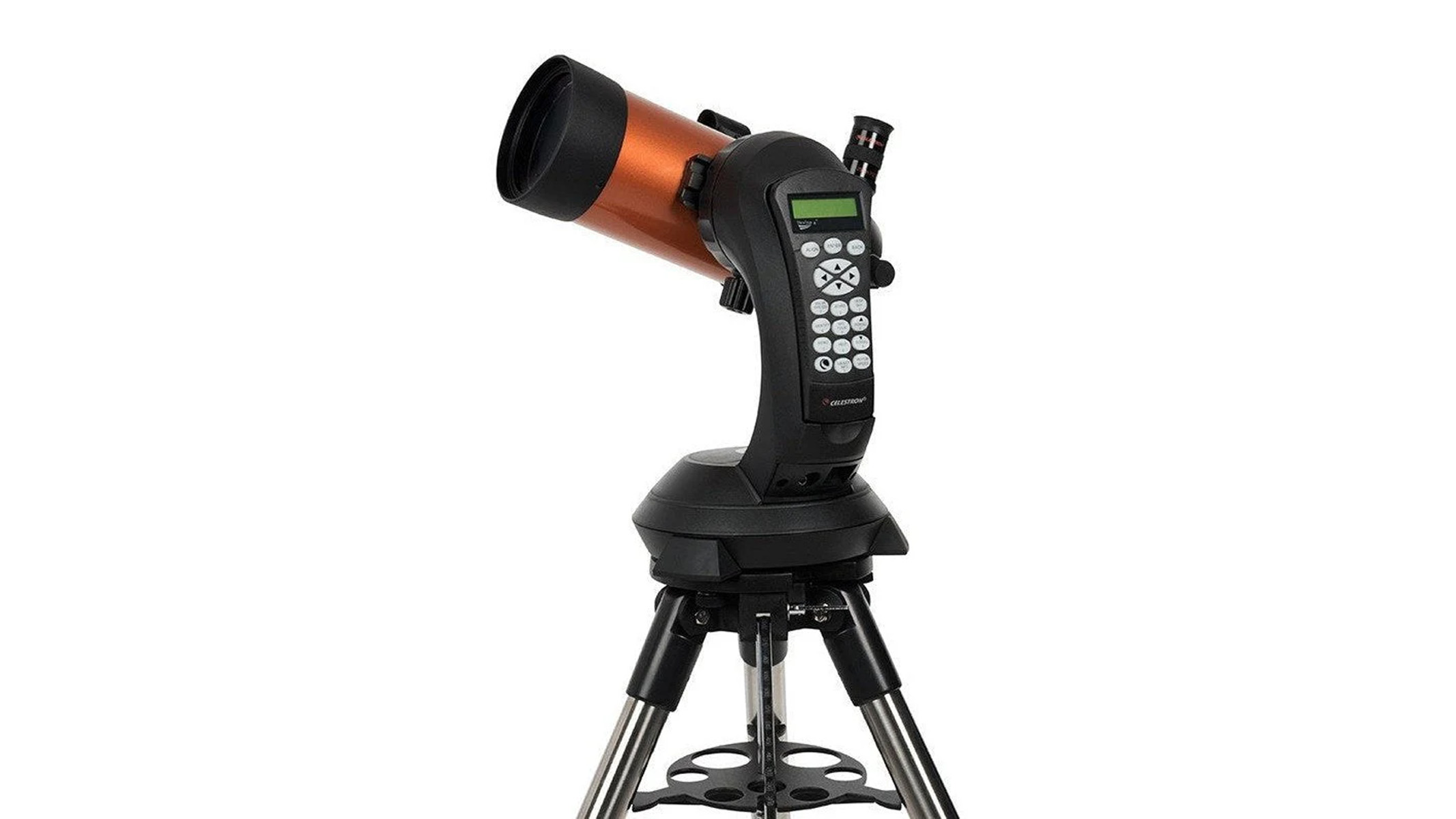
Celestron NexStar 4SE
Our expert review:
Specifications
Reasons to buy
Reasons to avoid
✅ You want a telescope that will last: The Celestron NexStar range is one of the best on the market right now.
✅ You want something easy to use: The motorized GoTo mount automatically locates and tracks objects for you.
❌ You want to view deep space: It can see some brighter objects like Orion and Andromeda, but a bigger aperture is required for deep space.
❌ You're on a budget: While it is a fantastic beginner scope, it's one of the pricier options in this list. The Celestron Astro Fi 102 would be a cheaper alternative.
🔎 Celestron NexStar 4SE: A fantastic telescope for beginners who want an easy way to view the cosmos without sacrificing quality. ★★★★½
If you're just getting into stargazing and want a telescope that makes things easy while still producing excellent views, the Celestron NexStar 4SE is our top pick. Its Maksutov-Cassegrain design gives you a long focal length packed into a small, portable tube for a setup that gives you sharp, high contrast views of the Moon and planets.
With its 4-inch aperture and 52-inch (1,325 mm) focal length, it's ideal for viewing details on the Moon's surface, the rings of Saturn and the cloud bands on Jupiter. Some of the brighter deep-sky objects, like the Orion Nebula or Andromeda Galaxy, are also visible, but you'll want a larger aperture for anything further afield.
The standout feature is the built-in GoTo mount with computerized hand controller that can automatically locate and track thousands of objects in the night sky, which is a huge help if you're not familiar with constellations and don't want to spend your nights hunting for faint patches in the night sky.
It's one of the smaller siblings of the Celestron NexStar 8SE, which we named as the best telescope on the market. The 8SE is better if your budget can stretch that far and you want to view deep-sky objects, but the 4SE is ideal for beginners who don't want to feel overwhelmed but have a keen interest in astronomy.
Attributes | Notes |
|---|---|
Design | Classic orange Celestron tube. |
Performance | 4-inch aperture is great for moon and planetary views. |
Functionality | Fully automated GoTo mount. |
Best budget

Specifications
Reasons to buy
Reasons to avoid
✅ You're happy just looking at the moon and planets: You'll need a bigger telescope for deep space viewing.
✅ You want a quick and easy setup: It's the easiest setup in the series.
❌ You want to view deep space: You'll need a bigger telescope — try the Sky-Watcher SkyMax 150.
❌ You want automation: You'll either want a GoTo or a smart telescope — we've included options for both further down this guide.
🔎 Celestron Inspire 100AZP: Affordable, lightweight and easy to navigate — an ideal first telescope for users who don't want to invest in the biggest, baddest telescope right away. ★★★★
If you're looking for a portable, easy-to-set-up telescope that won't break the bank, the Celestron Inspire 100AZ is our pick. It includes all the essentials for a night of stargazing, and its lightweight build and fully-coated glass optics reduce optical defects like chromatic aberration to provide clear and crisp images of the night sky.
During our full Celestron Inspire 100AZ review, we were able to pick out the polar ice caps of Mars, the belts and Galilean moons of Jupiter and the Cassini division in Saturn's rings. With the supplied 20 mm and 10 mm eyepieces, you can also observe some brighter deep-sky objects like the Andromeda Galaxy and the Orion Nebula, but you'll need to head to a dark sky site if you want to stretch further to fainter nebulas and star clusters.
Built into the focuser is a micrometer scale indicator, which sounds advanced to a beginner, but it's a very useful and easy-to-use accessory for keeping a record of the "sweet spot" of your intended target. If you're sharing the telescope between multiple users, it's a great idea to pre-focus it ahead of time to ensure you get the correct focus. Plus, with the built-in smartphone adapter in the telescope's lens cap, you can take astro images on your phone easily to share with the world.
- Read our full Celestron Inspire 100AZ review
Attributes | Notes |
|---|---|
Design | Lightweight, portable and east to assemble. |
Performance | Great for crisp, clear lunar and planetary views. |
Functionality | Lens cap has a built-in smartphone adapter. |
Best beginner-to-intermediate
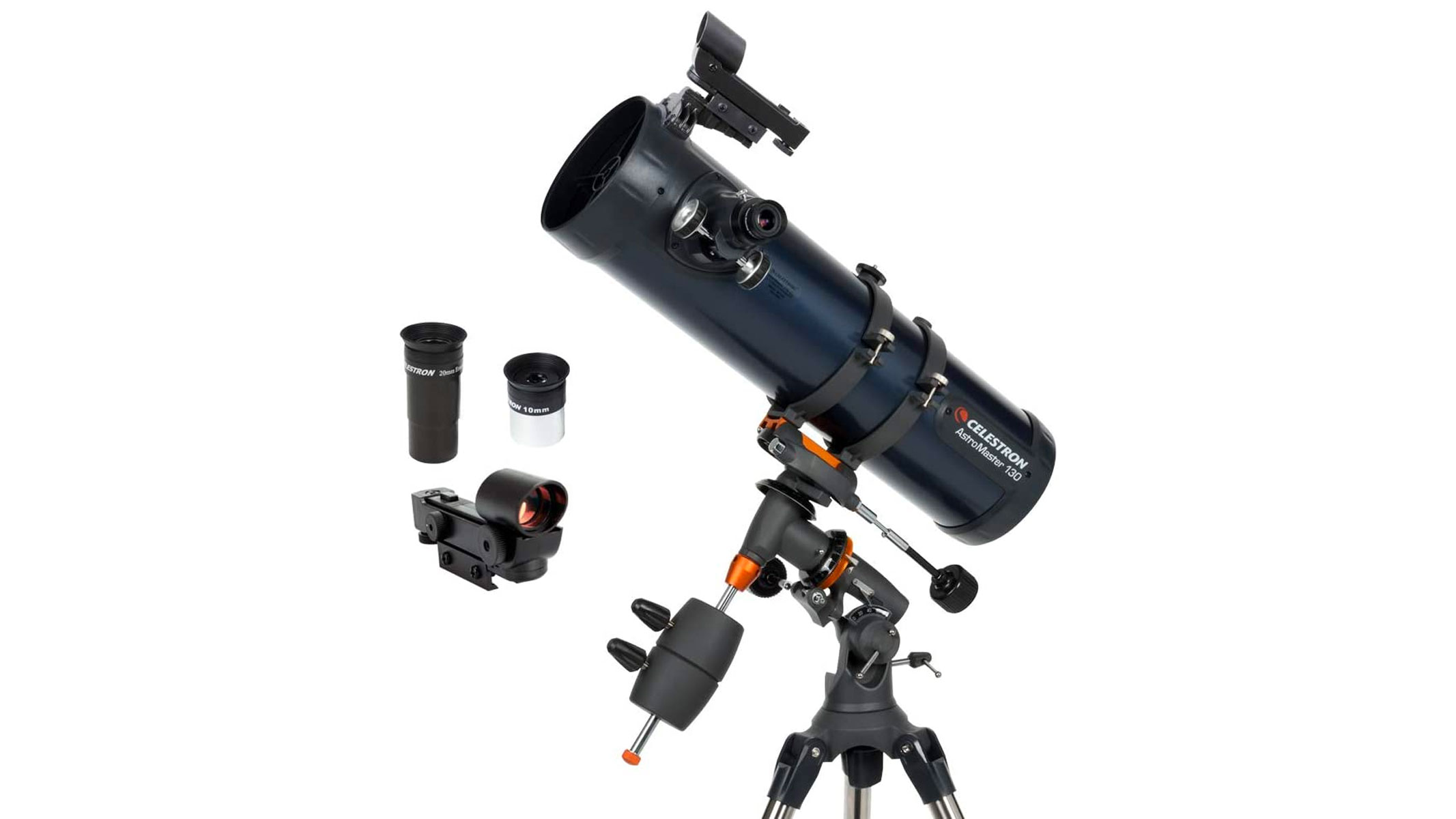
Celestron AstroMaster 130EQ
Our expert review:
Specifications
Reasons to buy
Reasons to avoid
✅ You don't want to upgrade in a year: It's a great middle-ground option for those who want a more powerful telescope than most beginner scopes.
✅ You're on a budget: For what it is, it's very affordably priced.
❌ You want a grab-and-go telescope: It's not the most portable telescope, in terms of its size and weight.
❌ You want to view deep space: You can make out some of the brighter objects, but you'll need a higher aperture for proper deep-space viewing.
🔎 Celestron AstroMaster 130EQ: A fantastic beginner-to-intermediate telescope that provides long-term learning potential. There's a learning curve if you're a total beginner, but the payoff is worth it. ★★★★
For total beginners, the Celestron AstroMaster 130EQ will bring a satisfying challenge. The supplied equatorial (EQ) mount could be a little tricky to set up if you aren't familiar with telescopes (and the instructions weren't the most helpful), but setup gets quicker every time you do it. If you're looking for a crash course in telescopes and their mounts that will last you beyond beginner status, this is a great pick.
We are yet to publish our full review, but our optics writer impulse-bought this telescope during Prime Day last year, and she's been able to get detailed views of the moon, spot all four Galilean moons of Jupiter and gaze at Saturn's rings. The Pleiades shine brightly and we enjoyed hours of star-hopping with this telescope thanks to its 5-inch (130 mm) aperture. We'd recommend upgrading the eyepieces if you're going to continue stargazing, but for the low price, we can't complain.
Overall, it's a solid beginner telescope with long-term learning potential, and the fast optics offer beautiful wide-field views of the night sky. Some of the parts feel less than premium, and the manual mount requires a bit of a learning curve, so if you want to forego that, or you want to track celestial objects as they move across the sky, go for the variant with the motor drive.
Attributes | Notes |
|---|---|
Design | Attractive blue tube, requires some setup. |
Performance | Detailed views of the moon and planets. |
Functionality | Mount and eyepieces are worth upgrading. |
Best affordable GoTo

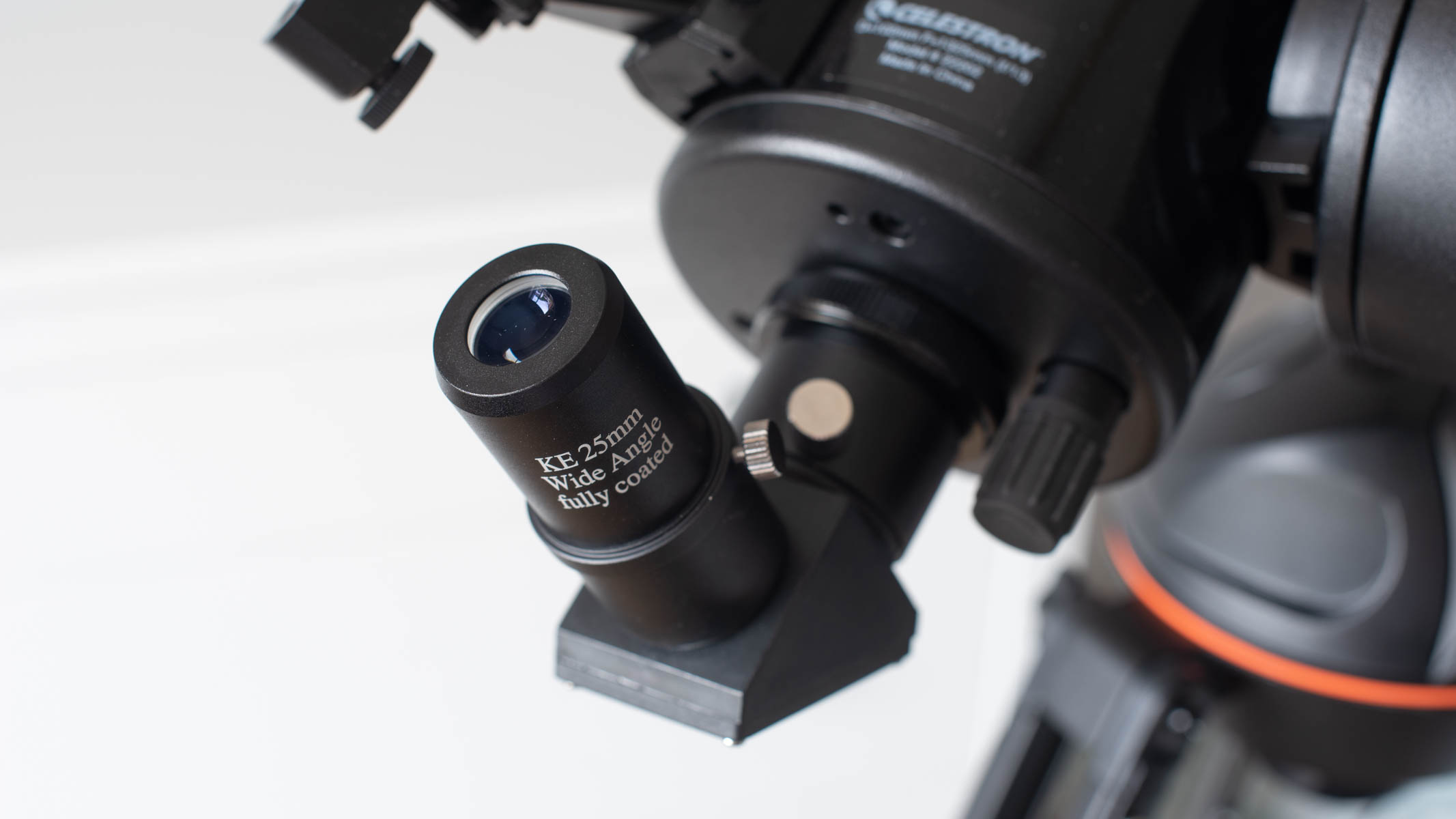
Specifications
Reasons to buy
Reasons to avoid
✅ You want a motorized mount: It will track objects automatically and can be controlled via a smartphone.
✅ You want something portable: It's quite diminuitive in size and would be easy to transport to dark sky sites.
❌ You want to view deep space objects: It can view some brighter nebulas and deep space objects (DSOs), but you'll need dark viewing conditions.
❌ You want a manual mount: If you'd rather navigate your own way around the sky, opt for a scope with a manual mount.
🔎 Celestron Astro Fi 102: Decent optics for beginners, and a motorized mount to help novices navigate the night sky with ease. ★★★½
One of the hardest things about astronomy for beginners can be navigating your way around the sky, particularly if you don't have much knowledge about what exactly you want to look for. This is where a GoTo and motorized mount come in extremely handy — especially on a beginner telescope, as these are typically found in more expensive models.
We thought the build quality left something to be desired during our full Celestron Astro Fi 102 review, but there is the option to upgrade the tripod, as we thought it was a little flimsy. It offers a good range of viewing opportunities over various celestial objects — it was particularly good for picking out crater details on the moon and the rings on Saturn, and for viewing some of the brighter deep space objects. We noticed some softness around the edges of the image circle, but that is to be expected in a scope of this size and price point.
We had no complaints with the WiFi connectivity — it connected quickly and held the synchronization to our smartphone very well. The slew rate was fine, and it did a decent job of navigating the sky quietly.
- Read our full Celestron Astro Fi 102 review
Attributes | Notes |
|---|---|
Design | Compact, but tripod is a little flimsy. |
Performance | Great for lunar and planetary viewing. |
Functionality | Decent optics for the price, slight softness around the edges. |
Best smart telescope

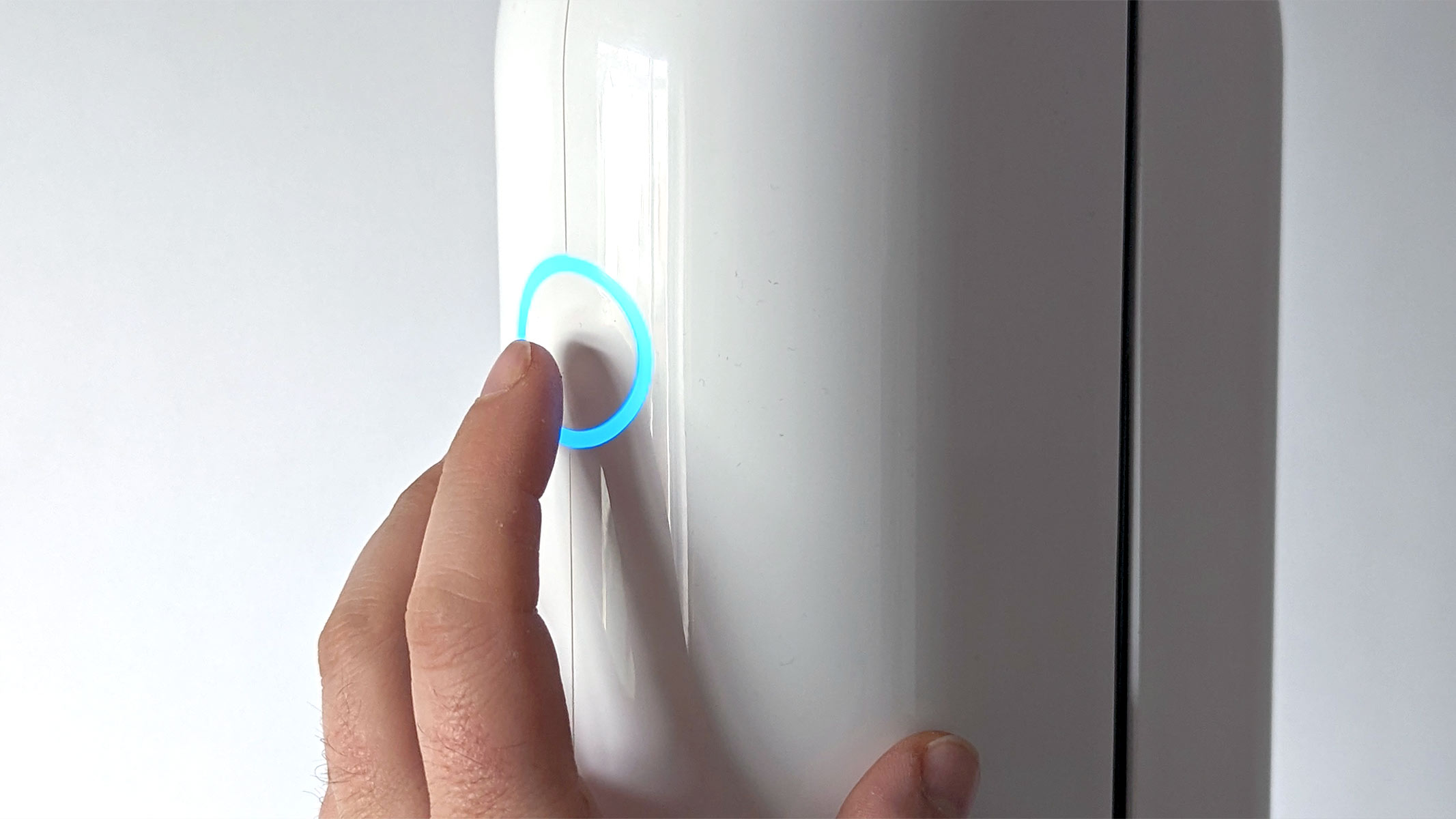
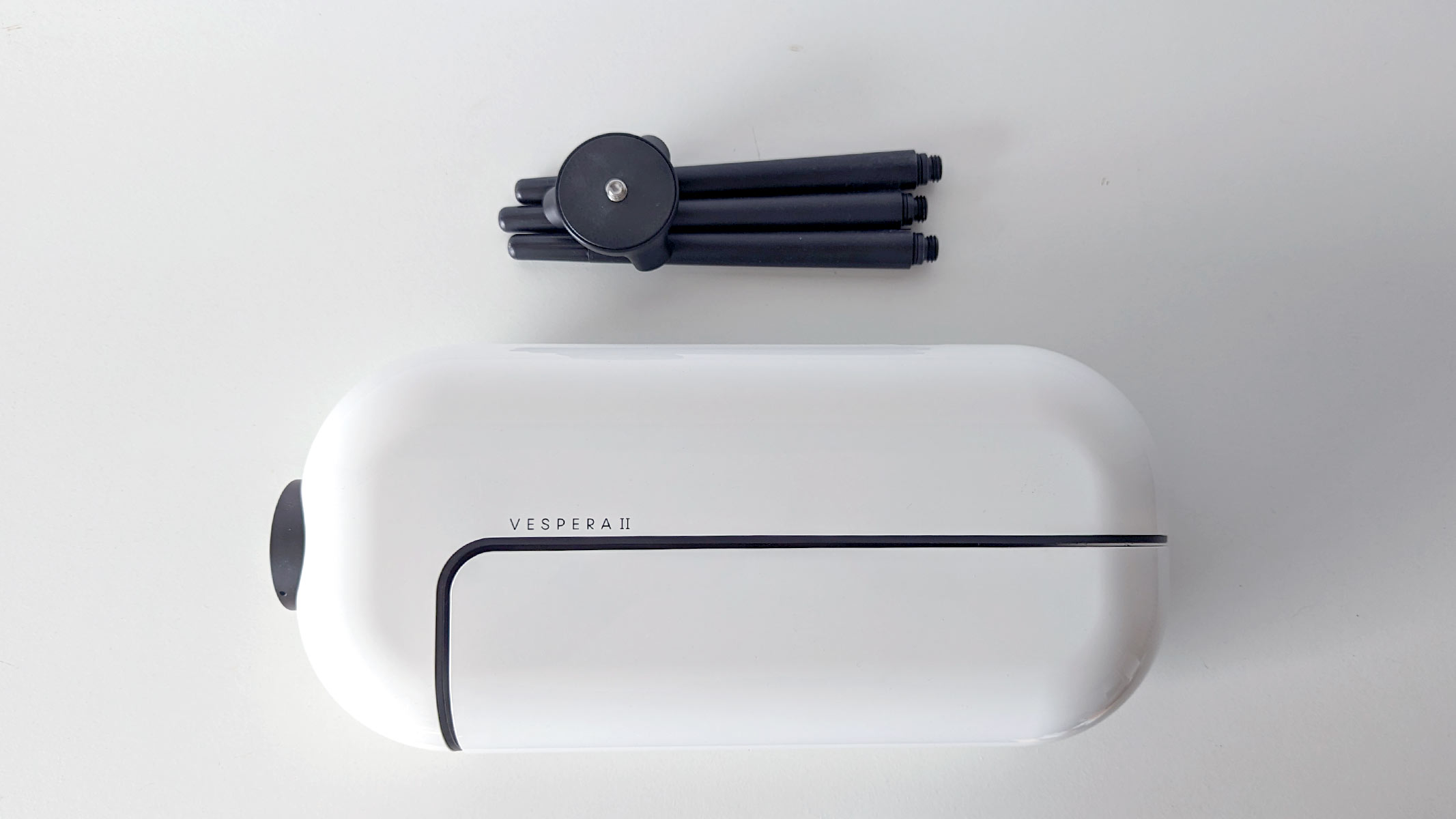
Specifications
Reasons to buy
Reasons to avoid
✅ You want to photograph the night sky: Smart telescopes are your route to effortless. beginner-friendly astrophotography.
✅ You want to view deep space objects: It's outstanding for viewing and imaging galaxies and nebulas.
❌ You only want to view planets: Lunar and planetary viewing was nothing special.
❌ You prefer observational astronomy: There's no eyepiece, so you have to view everything from your smartphone or tablet.
🔎 Vaonis Vespera II: Exceptional for viewing and imaging deep space at the touch of a button. It's portable and lightweight, but not the best option for lunar or planetary viewing. ★★★★★
Often, a "beginner" telescope is synonymous with a "cheap" telescope, but this isn't always the case, particularly if you invest in a quality instrument and have a good appreciation for the night sky. Although the Vaonis Vespera II may seem expensive at first glance, it's actually one of the most affordable smart telescopes you can buy.
So why should beginners consider a smart telescope? First, they're incredibly easy to use and quick to set up. It's usually a case of taking it out of the box, mounting it on the tripod, pressing the power button and connecting it to your smartphone — and away you go. Smart scopes also make astrophotography incredibly easy and accessible for everyone, regardless of your photographic prowess. With the ability to take 8.3-megapixel images directly in the app, you won't need one of the best astrophotography cameras to photograph the night sky.
Plus, where many of the other scopes in this guide excel at lunar and planetary viewing, we noted in our full Vaonis Vespera II review that it's better for galaxies, nebulas and other night sky objects rather than for viewing planets. The immediate views were already very impressive, but only after photographing and stacking multiple images over the course of 20 minutes did the clarity and color give astonishingly good results, as you can see from the images below.


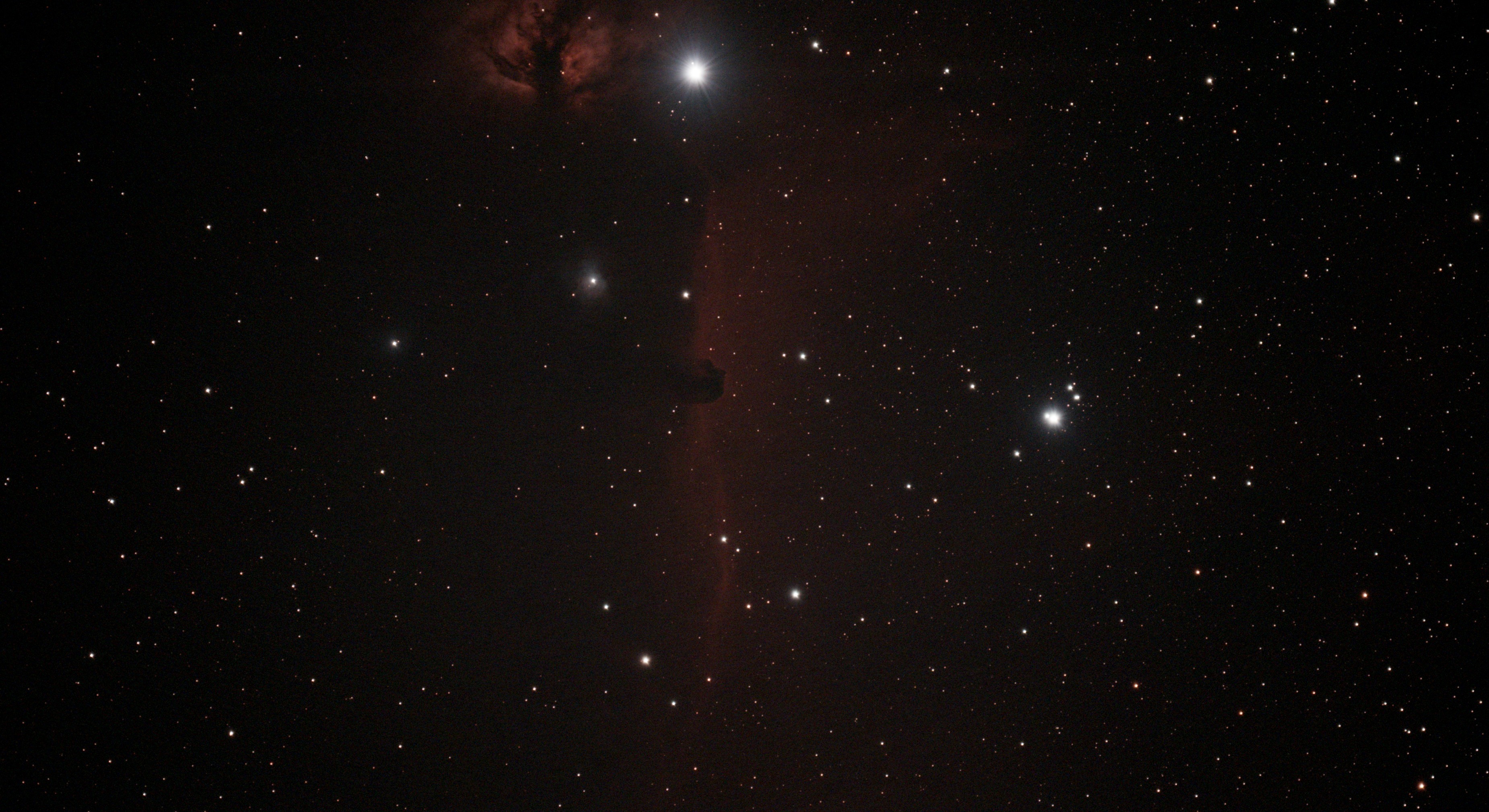


In terms of the Singularity app connectivity, we found it quite annoying that the WiFi connectivity prevents you from doing anything else on your phone while you have the app open. If you're photographing an image over the course of 20 minutes, there's little else to do other than sit there and watch it do it.
Overall, we love the Vespera II and gave it full marks in our review. It's sleek, well-built and fantastic for deep sky observation — and it even comes with light pollution filters to allow use in cities and urban areas.
Attributes | Notes |
|---|---|
Design | Sleek and stylish. |
Performance | Excellent for imaging galaxies and nebulas. |
Functionality | Produces 8.3MP images. |
Best for deep space
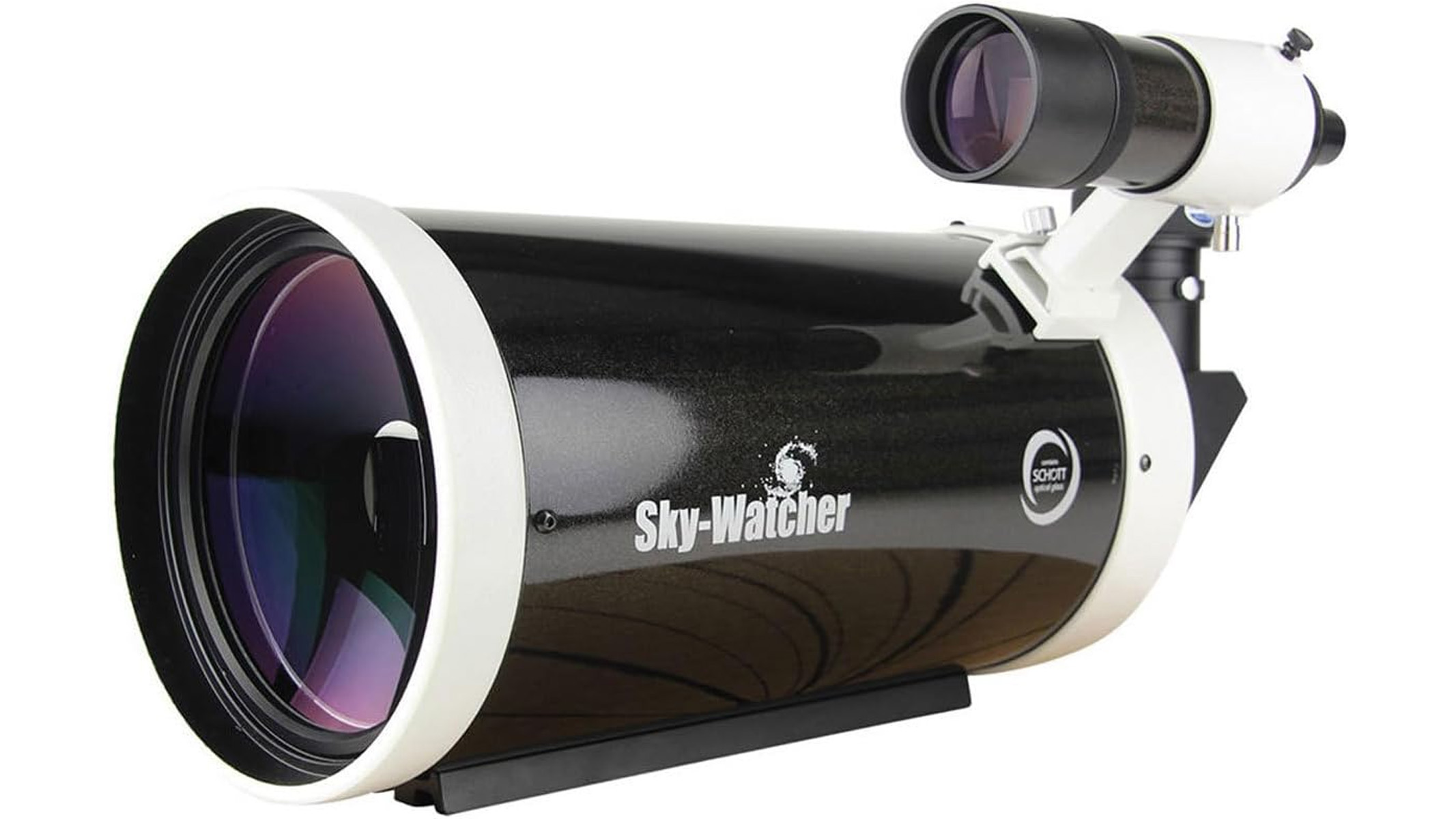
Sky-Watcher SkyMax 150
Our expert review:
Specifications
Reasons to buy
Reasons to avoid
✅ You're serious about astronomy: It's bigger and more advanced than a typical beginner scope, but worth it if you are invested.
✅ You want to view planets and deep space: Many of the scopes in this guide struggle with deep space — but not this one.
❌ You want a complete setup: You'll need to buy a mount and tripod separately.
❌ You're a casual user: If you want a simple scope to view the moon on occasion, there are more suitable options in this guide, like the Celestron Inspire 100AZ.
🔎 Sky-Watcher Skymax 150: A larger telescope for users who are serious about starting their astronomy journey and don't mind investing in quality optics that will last for years. ★★★★½
The biggest and most powerful telescope in this guide, the Sky-Watcher Skymax 150 is perfect for beginners who are serious about stargazing and want a quality optic capable of planetary and deep space viewing. With its 6-inch aperture letting in tons of light, you can view craters on the moon, the moons of Jupiter and Saturn's rings as well as marvel at star clusters and swirling nebulas and galaxies with ease.
You'll have noticed that most beginner scopes, and most of the models in this guide, are better suited to planetary and lunar viewing due to their smaller apertures, but for users who want to skip straight to a more powerful option, this telescope has a large aperture and fantastic optical quality for a very fair price.
The Skymax 150 produces razor-sharp images across the field with only minimal color fringing around highly contrasted objects. The stars are bright and sharp with fantastic clarity, so if you can afford to invest in this telescope, you'll be rewarded.
Unlike the other telescopes in this guide, the Skymax 150 only comes with the optical tube (OTA / Optical Tube Assembly), meaning you'll need to buy a mount and tripod separately, which can become expensive depending on the quality of the pieces you choose. But if you're prepared to spend the money on a good mount and solid tripod, you'll enjoy this telescope for years to come.
Attributes | Notes |
|---|---|
Design | OTA (Optical Tube Assembly) — no mount included. |
Performance | Sharp, bright images with excellent clarity. |
Criteria 3 | Six-inch aperture is fantastic for viewing deep space objects. |
Best for kids
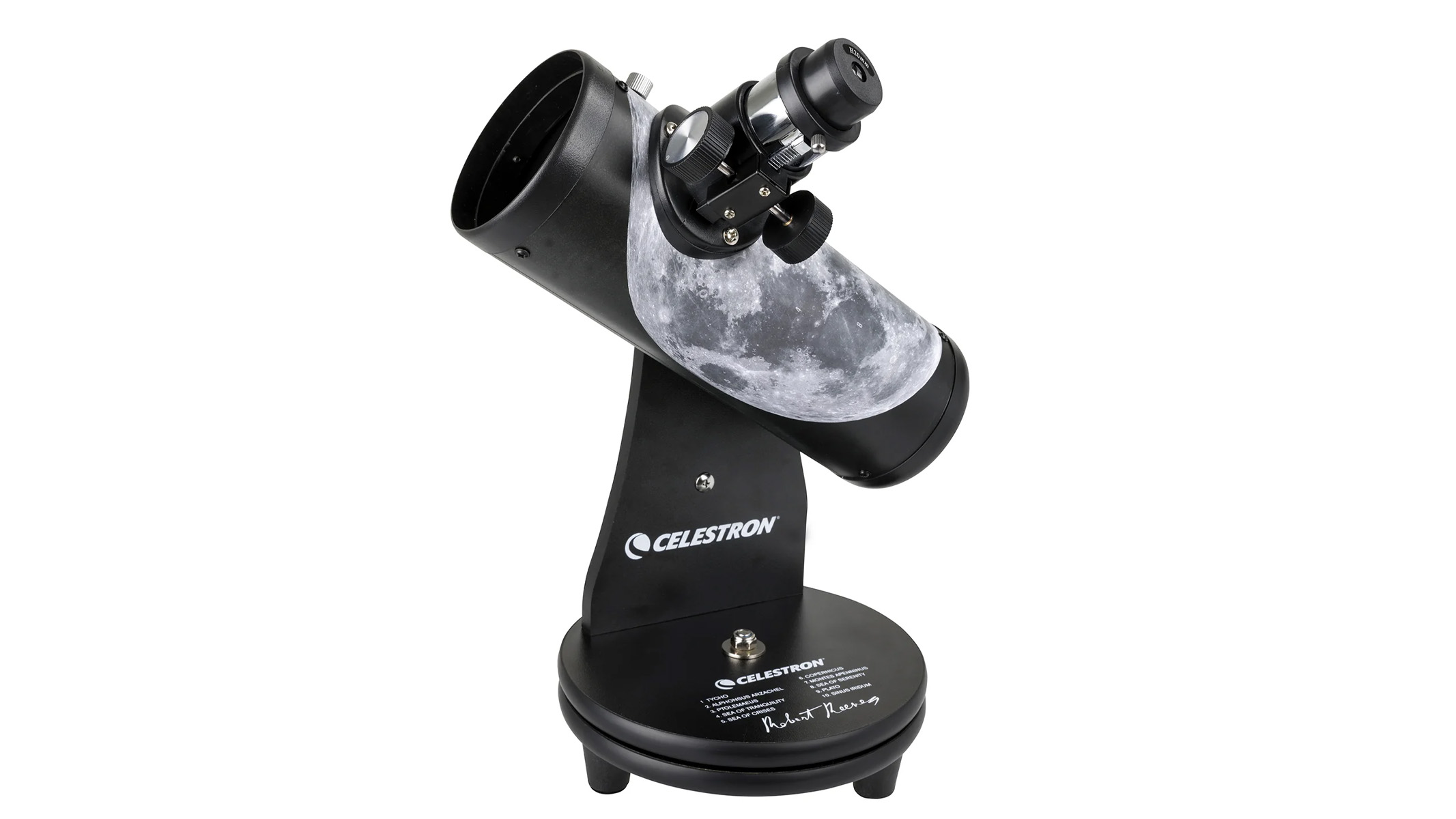
Celestron FirstScope
Our expert review:
Specifications
Reasons to buy
Reasons to avoid
✅ You don't have room for a telescope: It's small, compact and can sit nicely on a table and be put away when not in use.
✅ You're on a budget: It's very affordable, but the quality is reflected in the price.
❌ You want to view objects other than the moon: If you want more detailed views of the planets or deep space, choose any other telescope in this guide.
❌ You want a telescope that will last: It will satisfy young kids or casual users, but if your interest grows, you'll want to invest in something better.
🔎 Celestron Firstscope: A good option for kids for under $100, but it's mostly limited to lunar views. Still, it's a great tool for piquing their astronomy interest. ★★★★
If your child is showing an interest in astronomy but you don't want to spend $400 on a telescope only to discover that they don't like it, this little tabletop telescope from Celestron costs less than $100 and is a great starting point for kids.
In the interest of managing expectations, it's only really powerful enough to get decent views of the moon, but it'll still give a magnified view of the planets, stars and some brighter deep space objects like the Orion Nebula and Andromeda Galaxy on a dark night — all helping your child in finding their way around the night sky and growing their interest in astronomy.
It's also a small telescope that sits nicely on a tabletop, meaning it won't take up too much room in your house and it can be easily stored away when it's not being used — plus its compact size means it's easy to take on family camping trips.
Overall, it's a pretty safe buy if your child is young and you aren't sure they're going to sustain the hobby. If, however, your child is older and wants one of the best telescopes for kids that is a bit more substantial, the Celestron Inspire 100AZ at the top of this is a good option, as is the Celestron AstroMaster 70AZ.
Attributes | Notes |
|---|---|
Design | Compact tabletop design. |
Performance | Pleasing lunar views for kids and beginners. |
Functionality | Limited to lunar viewing. |
Best beginner telescopes: Comparison
Name | Optical Design | Mount | Highest useful magnification | Aperture | Focal length | Focal ratio | Total kit weight |
Celestron NexStar 4SE | Maksutov-Cassegrain | Computerized alt-azimuth | 241x | 4 inches (102 mm) | 52 inches (1,325 mm) | f/13 | 23 lbs / 10.4kg |
Celestron Inspire 100AZ | Refractor | Manual alt-azimuth | 241x | 3.94 inches (100 mm) | 25.98 inches (660 mm) | f/6.5 | 12.4 lbs (5.62kg) |
Celestron AstroMaster 130EQ | Newtonian reflector | CG-3 equatorial | 307x | 5.11 inches (130 mm) | 25.6 inches (650 mm) | f/4 | 17 lbs (7.71 kg) |
Celestron Astro Fi 102 | Maksutov-Cassegrain | Computerized alt-azimuth | 241x | 4.02 inches (102 mm) | 52.17 inches (1,325 mm) | f/13 | 16 lbs (7.25 kg) |
Vaonis Vespera II | Smart telescope with Sony IMX 585 sensor | N/A | Not stated | 2 inches (50 mm) | 9.8 inches (250 mm) | f/5 | 11 lbs (5 kg) |
Sky-Watcher Skymax 150 | Maksutov-Cassegrain | None (OTA only) | 295x | 5.9 inches (150 mm) | 71 inches (1,800 mm) | f/12 | 14 lbs (6.35kg) |
Celestron Firstscope | Newtonian reflector | Manual tabletop Dobsonian | 180x | 2.99 inches (76 mm) | 12 inches (300 mm) | f/3.95 | 4.3 lbs (1.95 kg) |
Contributing experts and product testers

Jase Parnell-Brookes is the Managing Editor for e-commerce for Live Science and Space. Previously the Channel Editor for Cameras and Skywatching at Space, Jase has been an editor and contributing expert across a wide range of publications since 2010. Based in the U.K., they are also an award-winning photographer and educator, winning the Gold Prize award in the Nikon Photo Contest 2018/19 and named Digital Photographer of the Year in 2014. After completing their master's degree in 2011 and qualifying as a teacher in 2012, Jase has spent the last two decades studying and working in photography and publishing in multiple areas, and specializes in low light optics and camera systems.
Jase has reviewed the Celestron Astro Fi 102 and Vaonis Vespera II in this guide.

Josh Dury AKA 'Starman' is an award-winning landscape astrophotographer, presenter, speaker and writer from the U.K.. His images have been recognized by NASA, Apollo 11, ESA, TWAN, BBC and CBS among others, and he has partnered with Sigma, Benro and NiSi.
Josh has reviewed the Celestron Inspire 100AZ in this guide.
FAQs
What are the different types of telescope?
Differentiating between the different types of telescopes can be confusing for beginners, but the three main types are refractors (think of it as a powerful magnifying glass), reflectors (use mirrors to refract the light) and catadioptrics, which combine the best of both options.
Is a reflector or refractor telescope better to begin with?
Most beginners find refractors the easiest to begin with due to their ease of use and quick setup. Reflectors have slightly better image quality, but require collimation (aligning the mirrors) and more maintenance.
What size telescope do you need to see planets?
A telescope with a 4 or 5-inch diameter will give good views of the moon and planets.
What size telescope do you need to see deep space objects?
Generally a telescope with a 6-inch aperture or greater is needed to see faint deep space objects.
How much does a decent telescope cost?
Many of the options in this guide start at around $400, but you can spend as little as $100. Generally speaking, when it comes to telescopes you get what you pay for — more expensive telescopes have better optics and can see more objects.
What does a smart telescope do?
The best smart telescopes typically don't have an eyepiece, but instead, you view the cosmos on your smartphone or tablet screen via an accompanying app. They're an easy way to photograph the cosmos without an actual camera, but they're typically a lot more expensive than observational telescopes.
What kind of telescope mount do I need?
Most beginner telescopes come with a mount included (an exception being the Sky-Watcher Skymax 150), but you can either have a manual mount, which you need to adjust yourself, or a motorized mount, which tracks your chosen object automatically.
What is a finderscope?
A finderscope is a small auxiliary telescope or device that attaches onto the main telescope to aid in locating celestial objects. Optical finderscopes are more like smaller telescopes that you use to locate an object in a much wider field of view before switching to the main telescope for a magnified view. Red dot finderscopes project a red dot onto a viewing screen, making it easier to find objects and center them in the telescope's eyepiece.
What is the best small telescope?
The best small telescopes need to be small in size and lightweight enough to transport to dark sky sites easily. The Celestron NexStar 4SE, Celestron Inspire 100AZ and Vaonis Vespera II are all excellent compact telescopes.
What are the easiest celestial targets for beginners?
The moon and planets in our solar system are great targets for beginners with a 4- or 5-inch telescope. If conditions allow, you might also be able to see some brighter deep space objects like the Orion Nebula and Andromeda Galaxy, too. Apps like Stellarium are great for locating specific objects in the sky around you.
Latest updates
August 29, 2025: Added September stargazing events.
How we tested the best beginner telescopes
How we test the best beginner telescopes



To evaluate the best beginner telescopes, we combine hands-on testing with objective performance measurements. Each telescope we review is assembled, aligned and used over multiple nights to view a range of celestial subjects to assess its performance for different areas of astronomy.
We prioritize ease of setup, since many beginners may be using a telescope for the very first time. We note how clear the instructions are, how long it takes to get stargazing from taking it out of the box and whether any additional tools are required.
We also conduct observational tests using popular targets including the moon, Jupiter and its moons, Saturn's rings and some bright deep sky targets like the Orion Nebula and Andromeda Galaxy. We note the optical quality, including sharpness, chromatic aberration and contrast, and whether weather conditions, phases of the moon or urban light pollution affect the quality of the view. We also test how well the telescope tracks objects, either manually or with a motorized mount.
Finally, we assess portability, the build quality and any included accessories like eyepieces, mounts and finderscopes. For GoTo's and smart telescopes, we test the accuracy and reliability of app integration and GoTo tracking, noting how seamlessly these features worked alongside the telescope.
Our goal is to recommend telescopes that not only perform well and are well priced, but also encourage beginners to keep exploring the night sky.
Get the world’s most fascinating discoveries delivered straight to your inbox.
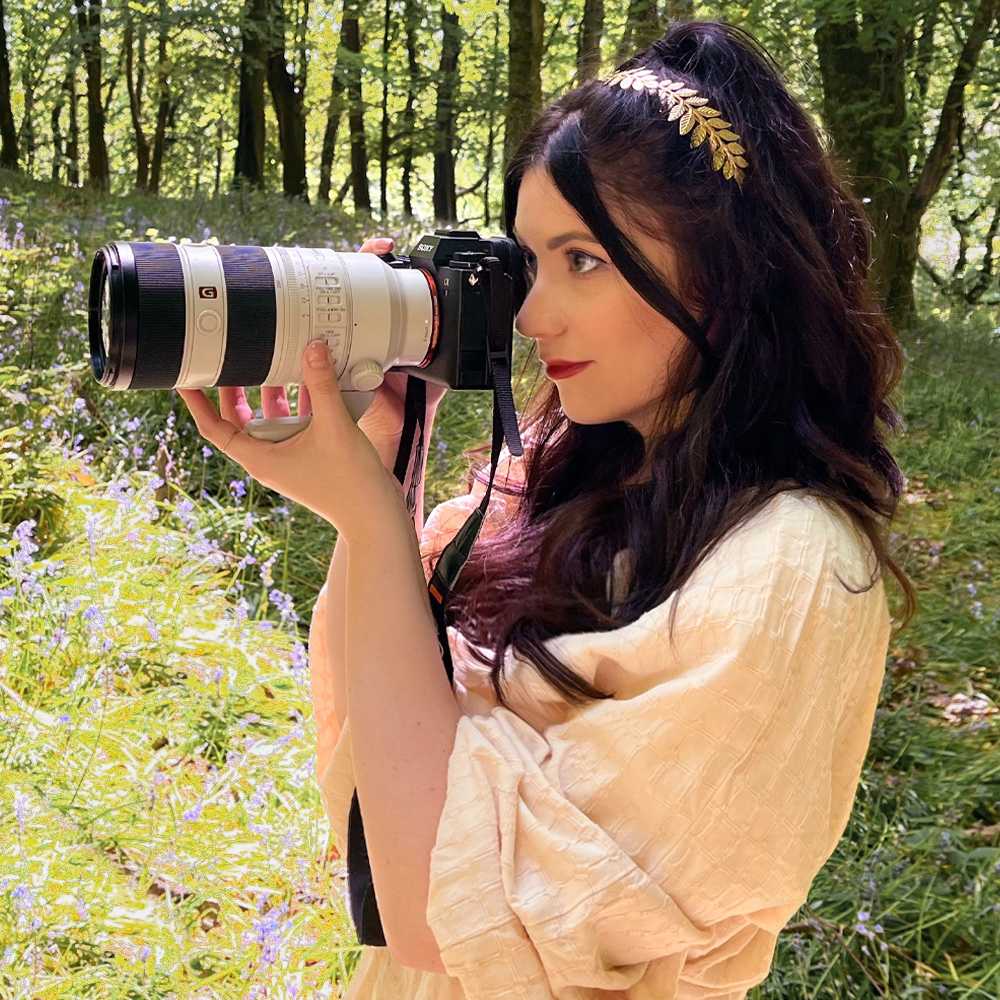
Kimberley Lane, E-commerce writer for Live Science, has tested a wide range of optical equipment, reviewing camera gear from Sony, Canon, OM System and more. With over 6 years of photography experience, her skills span across landscape and seascape photography, wildlife, astrophotography and portrait work. Her photos have been featured in a number of national magazines, including Digital Camera World and Cosmopolitan. She has also contributed to our sister site Space.com and Tech Radar, and she regularly uses binoculars and telescopes to stargaze in the dark skies of South Wales.


